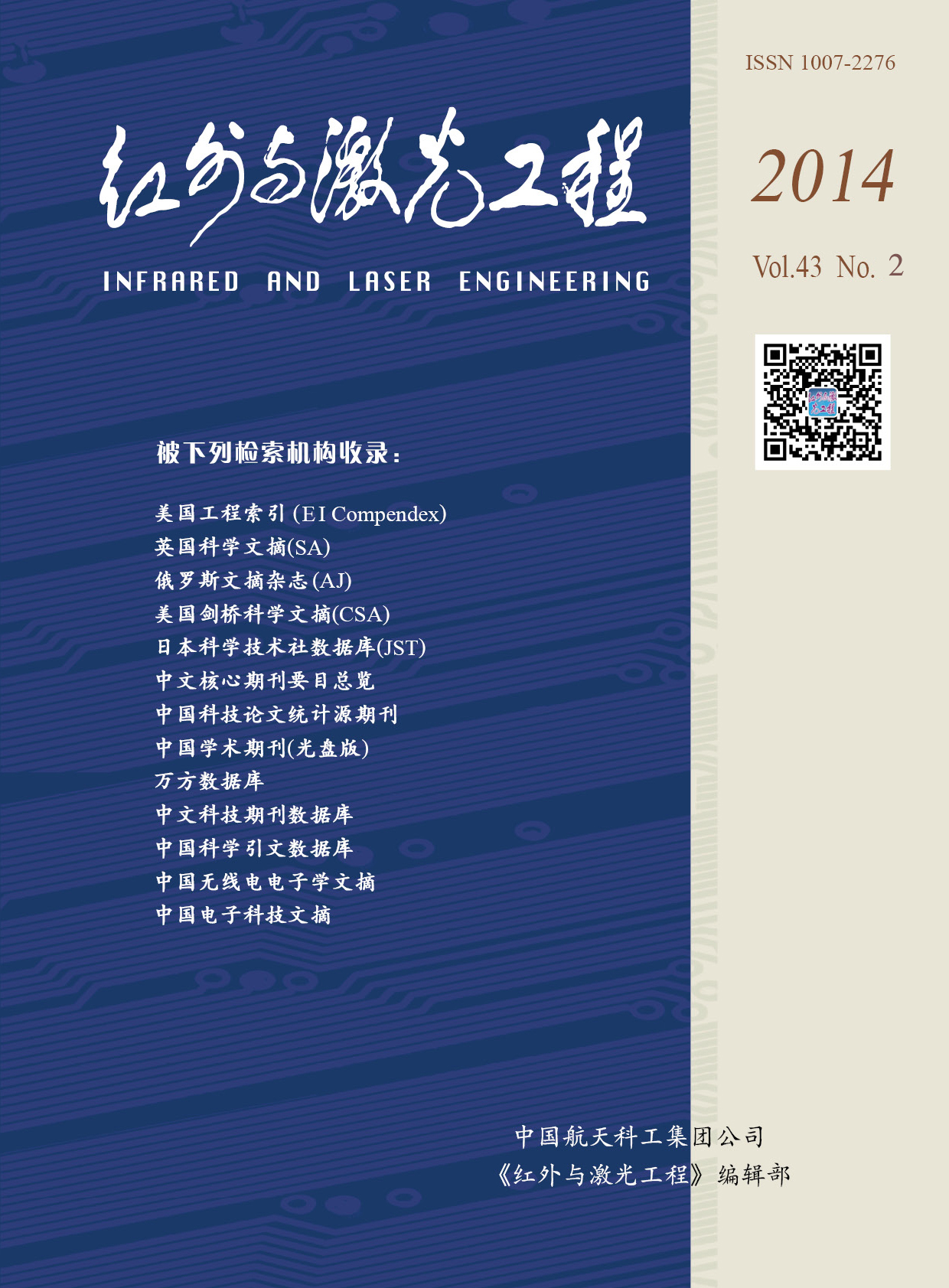|
[1]
|
|
|
[2]
|
Robichaud J. SiC optics for EUV, UV and visible space missions [C]//SPIE, 2003, 4854: 39-49. |
|
[3]
|
|
|
[4]
|
Anapol M, Gardner L, Tucker T, et al. Lightweight 0.5 m silicon carbide telescope for a geo-stationary earth observatory mission [C]//SPIE, 1995, 2543: 164-172. |
|
[5]
|
|
|
[6]
|
Sein E, Toulemont Y, Breysses J, et al. A new generation of large SiC telescopes for space applications[C]//SPIE, 2004, 5528: 83-95. |
|
[7]
|
|
|
[8]
|
Han Yuanyuan, Zhang Yumin, Han Jiecai, et al. Development of the silicon carbide mirror and system in the world [J]. Journal of Materials Engineering, 2005(6): 59-63. (in Chinese) |
|
[9]
|
韩媛媛, 张宇民, 韩杰才, 等. 国内外碳化硅反射镜及系统研究进展[J]. 材料工程, 2005(6): 59-63. |
|
[10]
|
Yoder Jr. P R. Mounting Optics in Optical Instruments[M]. 2nd ed. Bellingham: SPIE Press, 2002. |
|
[11]
|
|
|
[12]
|
Qi Guang, Li Jinglin, Wang Shuxin, et al. Lightweight structure design for rectangular SiC space mirror[J]. Opto-Electronic Engineering, 2012, 39(2): 43-47. (in Chinese) |
|
[13]
|
|
|
[14]
|
Zhang Xuejun, Li Zhilai, Zhang Zhongyu. Space telescope a spherical mirror structure design based on SiC material [J]. Infrared and Laser Engineering, 2007, 36(5): 577-582. (in Chinese) |
|
[15]
|
Wang Fuguo, Yang Hongbo, Yang Fei, et al. Optimization and analysis for the axis support points position of the large aperture mirrors[J]. Infrared and Laser Engineering, 2007, 36(6): 877-880. (in Chinese) |
|
[16]
|
|
|
[17]
|
Bittner H, Erdmann M, Haberler P, et al, SOFIA primary mirror assembly: structural properties and optical performance[C]//SPIE, 2003, 4857: 266. |
|
[18]
|
齐光, 李景林, 王书新, 等. 长条形SiC空间反射镜轻量化结构优化设计[J]. 光电工程, 2012, 39(2): 43-47. |
|
[19]
|
|
|
[20]
|
Yan Yong, Jin Guang, Yang Hongbo. Lightweight structural design of space mirror [J]. Infrared and Laser Engineering,2008, 37(1): 97-101. (in Chinese) |
|
[21]
|
Guo Xiqing, Wang Yueyong. Analysis of structural forms of lightweight hole for heavy-caliber mirror [J]. Optics and Precision Engineering, 2000, 8(6): 518-521. (in Chinese) |
|
[22]
|
|
|
[23]
|
Vukobratovich D, Fetterhoff K, Myers J. Bonded mounts for small cryogenic optics[C]//SPIE, 2000, 4131: 228. |
|
[24]
|
张学军, 李志来, 张忠玉. 基于SiC 材料的空间相机非球面反射镜结构设计[J]. 红外与激光工程, 2007, 36(5): 577-582. |
|
[25]
|
|
|
[26]
|
|
|
[27]
|
王富国, 杨洪波, 杨飞, 等. 大口径主镜轴向支撑点位置优化分析[J]. 红外与激光工程, 2007, 36(6): 877-880. |
|
[28]
|
|
|
[29]
|
|
|
[30]
|
|
|
[31]
|
闫勇, 金光, 杨洪波. 空间反射镜结构轻量化设计[J]. 红外与激光工程, 2008, 37(1): 97-101. |
|
[32]
|
|
|
[33]
|
|
|
[34]
|
郭喜庆, 王悦勇. 大口径反射镜几种轻量化孔结构形式的分析[J]. 光学 精密工程, 2000, 8(6): 518-521. |
|
[35]
|
|









 DownLoad:
DownLoad: